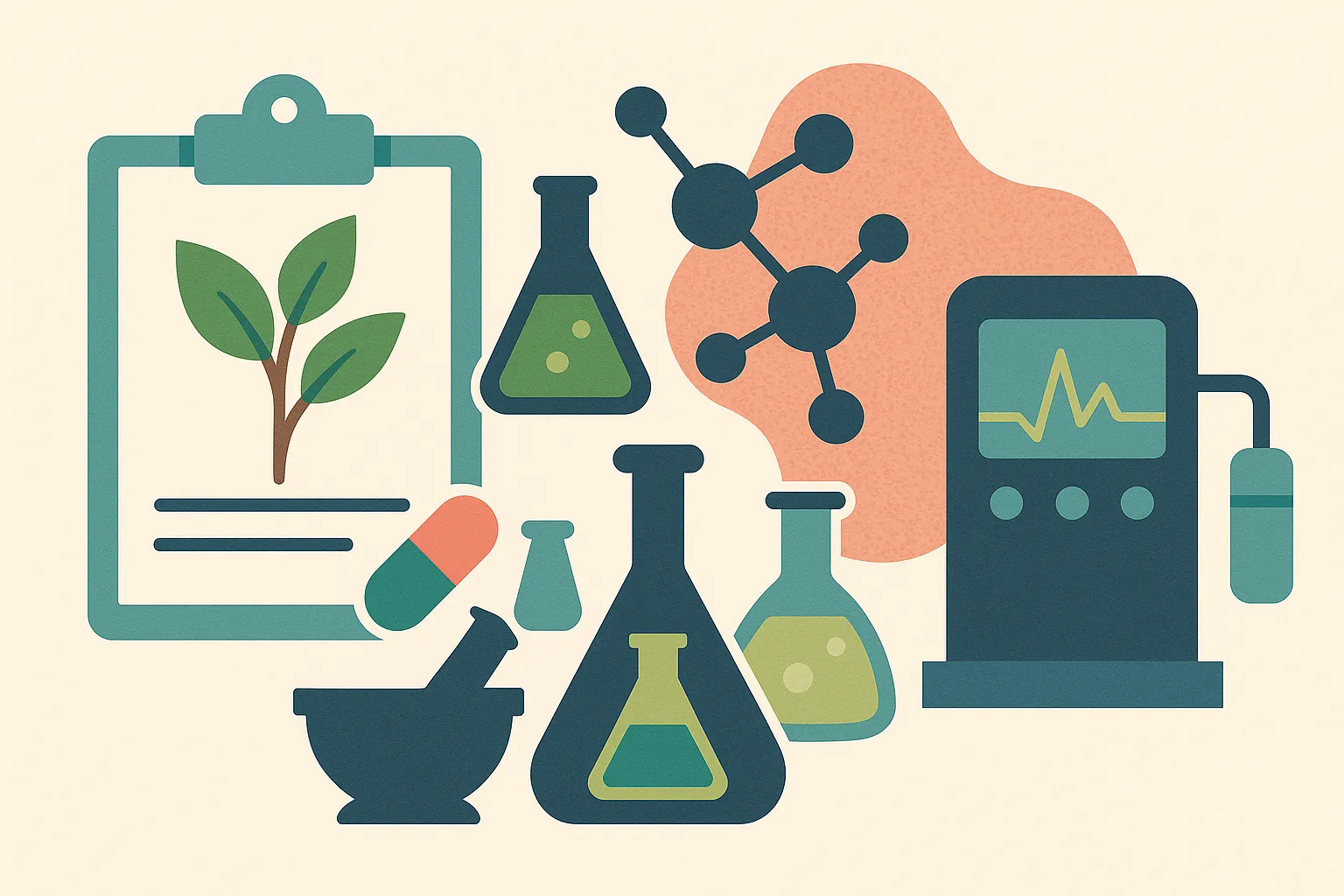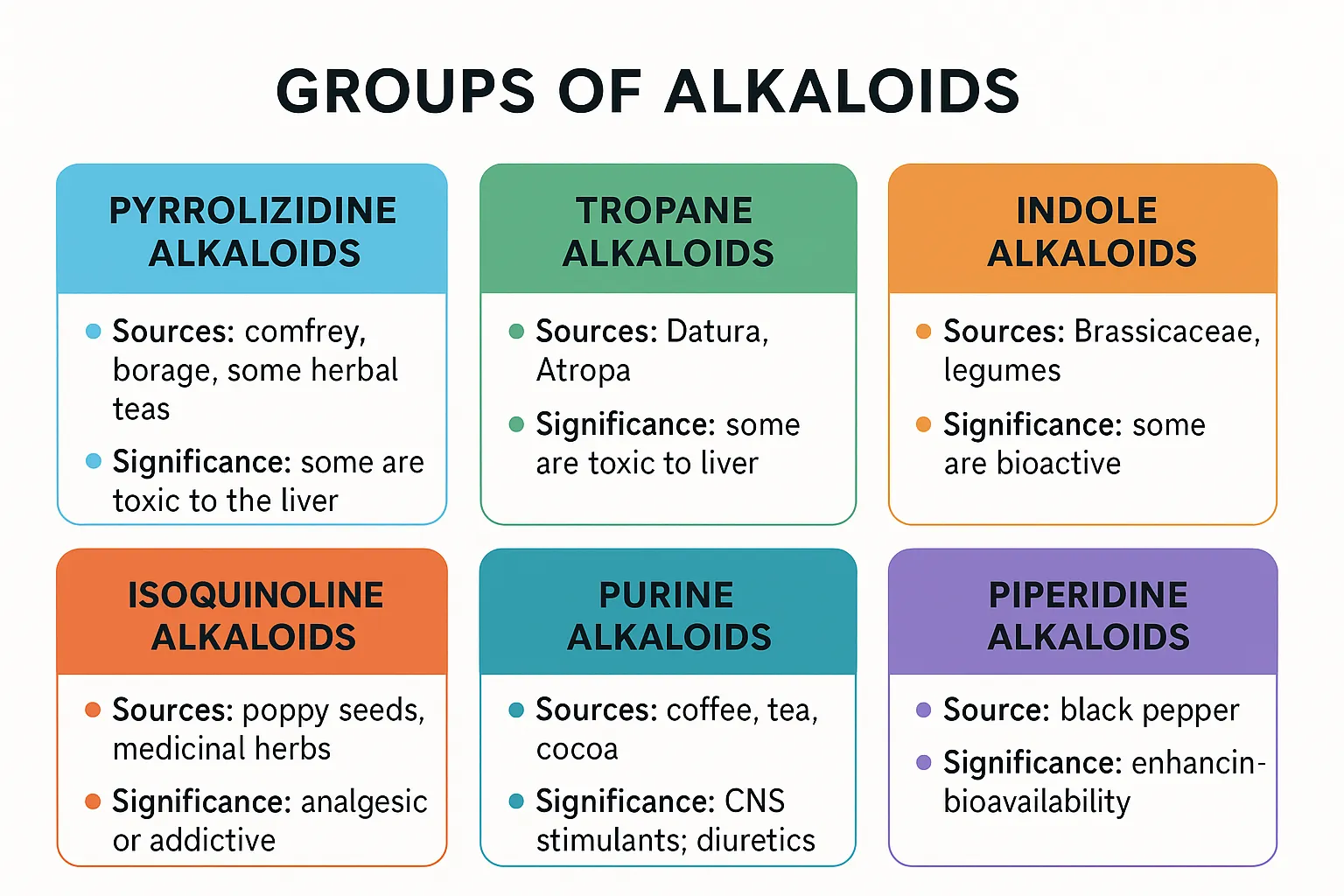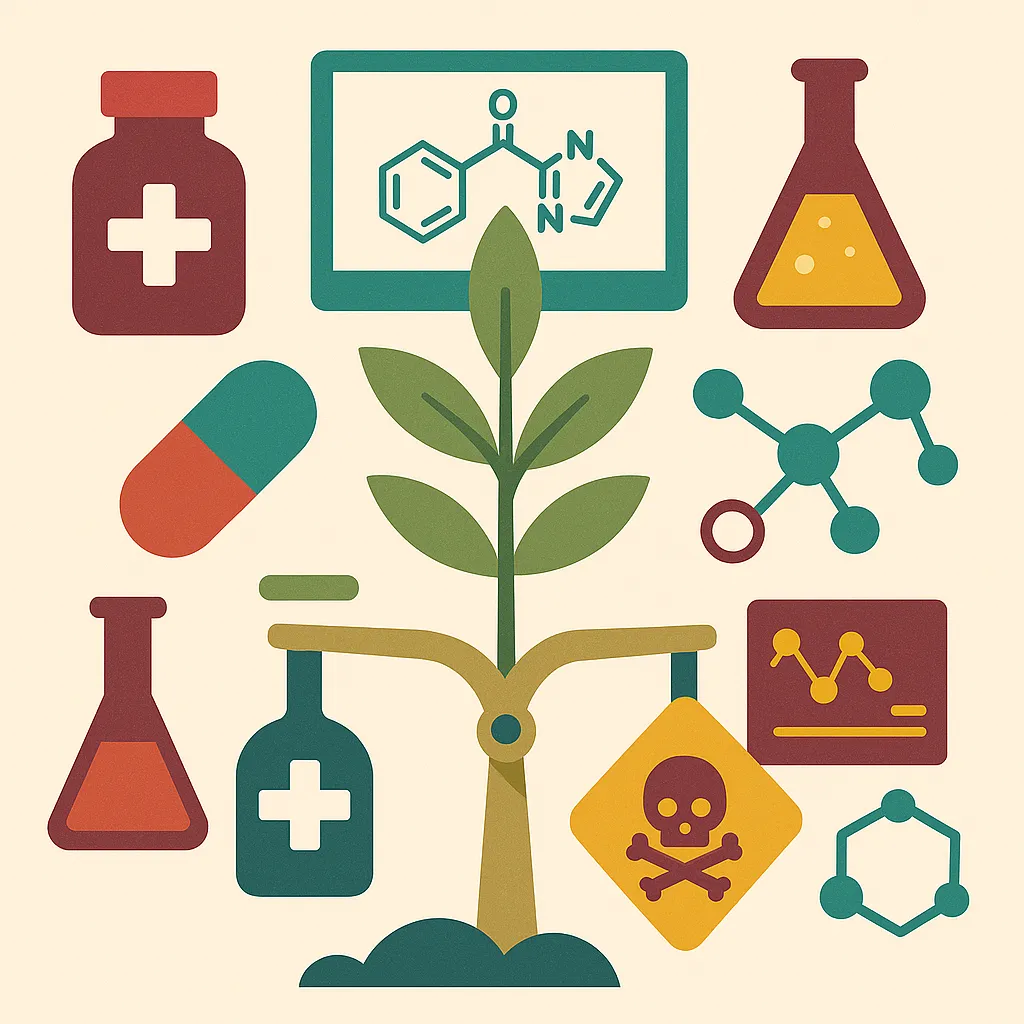
What specialised services does ISMD offer for alkaloids?
Regulatory scrutiny of alkaloids is increasing worldwide. This market trend makes precise analysis and thorough safety assessment essential for ensuring market access and compliance with evolving regulations.
At ISMD, we understand the importance of precise analysis and thorough safety assessment when dealing with alkaloid-containing products.
Specialising in the discovery of new alkaloids, whether identified through our own research or in collaboration with clients, ISMD integrated approach to alkaloids analysis combines existing and innovative detection methods with computational predictive toxicology. Additionally, we leverage molecular networks in combination with mass-spectrometry to predict the structure of related alkaloids, such as those present in botanical extracts.
Detection of alkaloids using a number of techniques such as the use Dragendorffs reagent with thin layer chromatography (TLC) ; LC and GC for specific alkaloids (with and without comparison to standards).
Analysis of alkaloids using LCMS for crude plant extracts we combine this with molecular network techniques to identify close analogues of the alkaloid in questions. Further work can be arranged such as NMR, IR, UV and others for full characterisation of individual alkaloids based on over 30 years experience in natural products, organic chemistry phytochemistry and pharmacognosy.
Toxicity and safety assessments of alkaloids achieved by compiling literature searches and also undertaking predictive toxicity modelling: a powerful and relatively new technique based in silico, which is faster and less expensive than in vivo testing.
GET IN TOUCH to discuss how we can help with the safety and compliance of your products.
The science behind alkaloids
Alkaloids are a large and structurally diverse group of naturally occurring compounds that are primarily derived from plants, but they can also be found in fungi, bacteria, and animals. These compounds are known for their wide range of pharmacological and toxicological properties, depending on their structure, concentration, and context of use.
Alkaloids are classified based on their chemical structure and biosynthetic origins. Each group of alkaloids has distinct chemical characteristics and biological activities, which influence their therapeutic potential or toxicity. Some alkaloids hold therapeutic potential, offering benefits, such as opioids for pain relief or quinine for antimicrobial and cardiovascular effects. Other alkaloids may pose serious health risks even at low concentrations, including toxicity, addiction, or adverse drug interactions. An illustration of the major groups are shown below.

Well-known alkaloids such as caffeine and nicotine illustrate the dual nature of these compounds, as they can act as stimulants or become addictive depending on the dosage, method of consumption, and intended use.
Another example from the Solanaceae family includes common foods like potatoes, tomatoes, and eggplants, which contain tropane alkaloids in very small, typically non-toxic amounts. In contrast, Belladonna (Deadly Nightshade), a highly toxic plant from the same family, is rich in tropane alkaloids such as atropine, scopolamine, and hyoscyamine.
This dual (therapeutic / toxic) nature of alkaloids makes careful analysis and safety assessment crucial when dealing with alkaloid-containing products.
Contact Us
Whether you are developing functional foods, botanical supplements, traditional herbal formulations, or pharmaceutical drug products, our team of experts is here to support you with tailored solutions.
